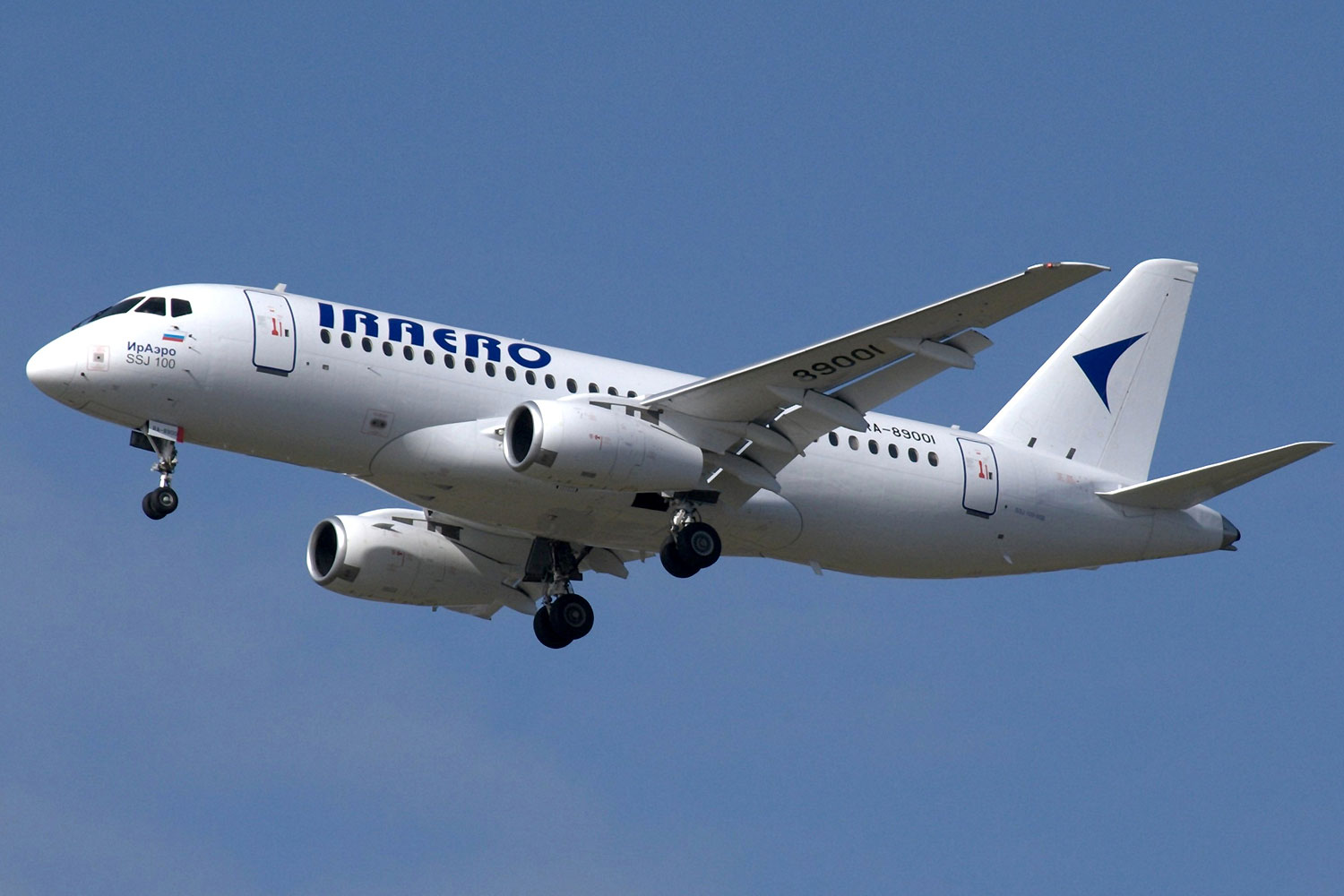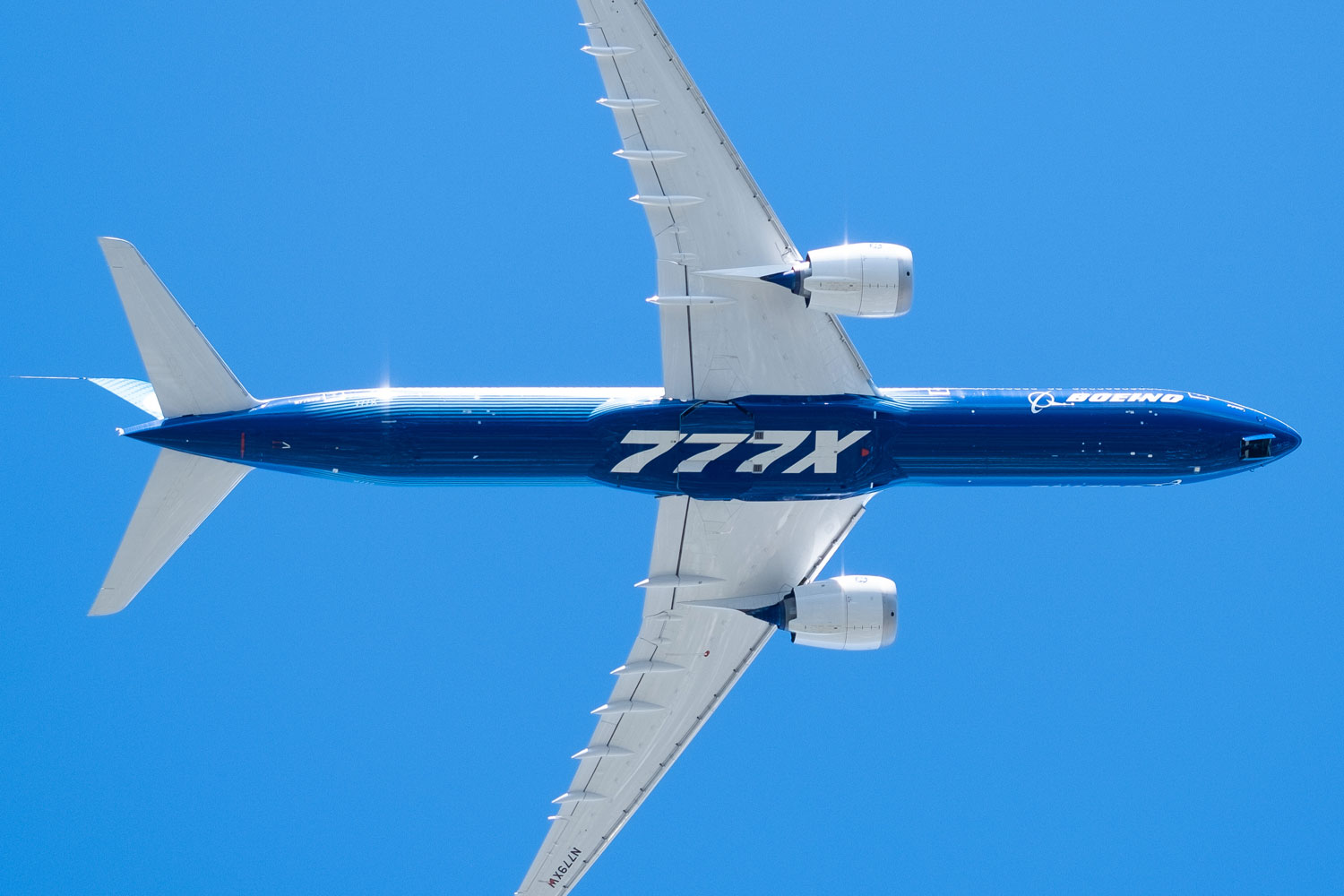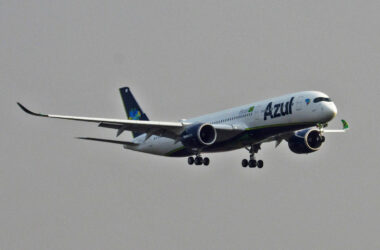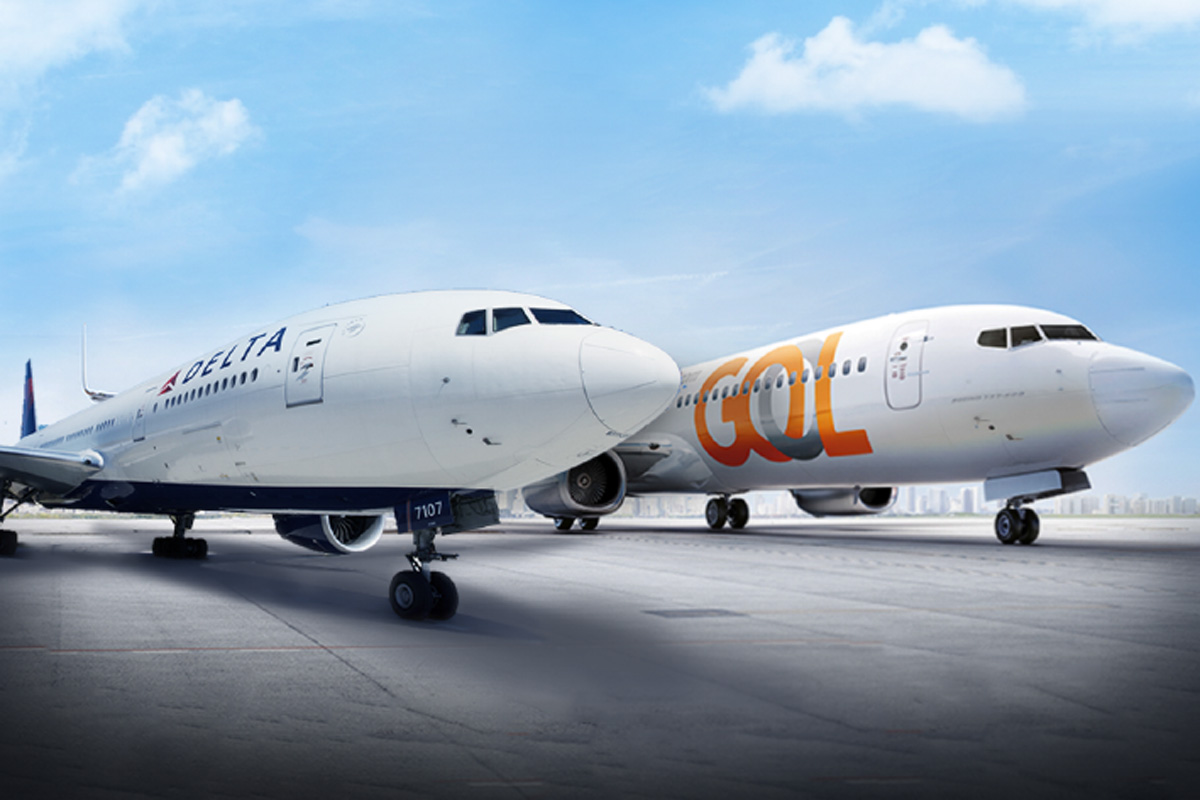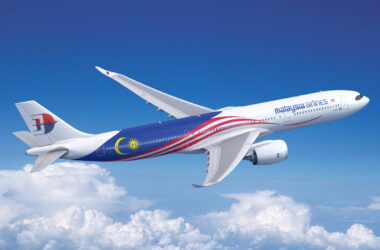Ten years after entering service, the Sukhoi Superjet regional jet continues to cause headaches for its operators. Even Russian airlines like IrAero complain about the difficult task of operating the aircraft.
The Irkutsk-based carrier currently has ten SSJ100 jets, the first of which was introduced in 2016. For this reason, IrAero has not been eligible to receive the subsidies offered by the Russian government to fund the airline’s operation.
In a letter to Prime Minister Mikhail Mishustin, Yuri Lapin, CEO of IrAero, complained about the conditions for distribution of subsidies, exclusive to aircraft acquired from 2021 onwards.
For the airline’s co-owner, IrAero and other companies such as Yamal and Yakutia (the jet’s operator since 2013) struggled to fly the Superjet with some success and don’t get credit for it.
Lapin calls for the subsidies to be extended to older operators, but Irkut, the company responsible for the SSJ100, told Russian media that IrAero is already benefiting from a 2012 government decree that reduces the monthly leasing by about $40,000.
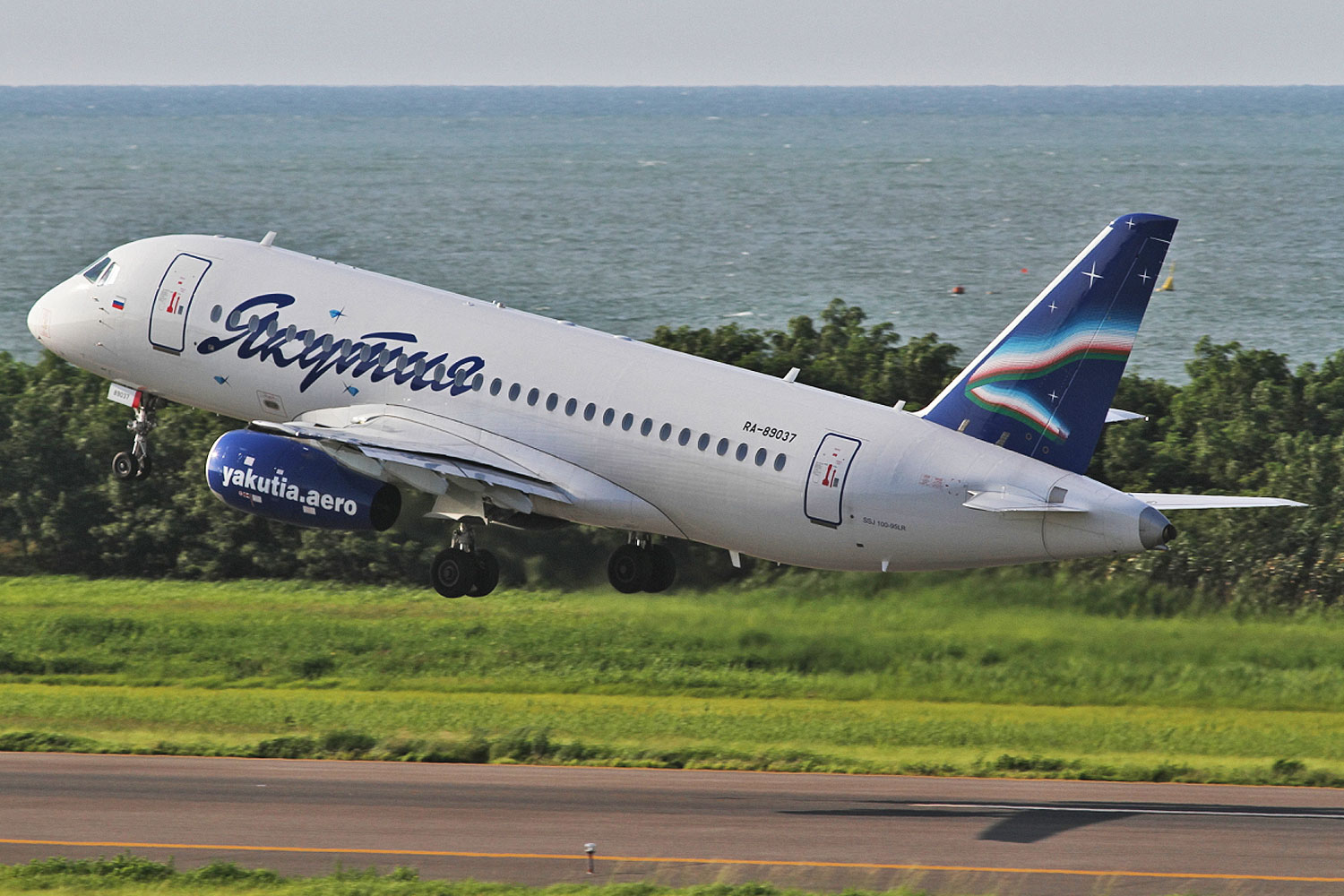
High operating cost and lack of spare parts
IrAero’s CEO, however, goes further by pointing out that the Superjet is an extremely problematic and expensive jetliner to operate. The monthly cost of leasing and technical support comes in at $275,000, but it doesn’t work as expected.
According to Yamal airline executives, while replacement parts for an A320 take just three days to be delivered, components for the SSJ100 can take up to 180 days to reach the maintenance department.
Lapin also complained about an alleged monopoly of aircraft replacement parts suppliers who charge a high price for them.
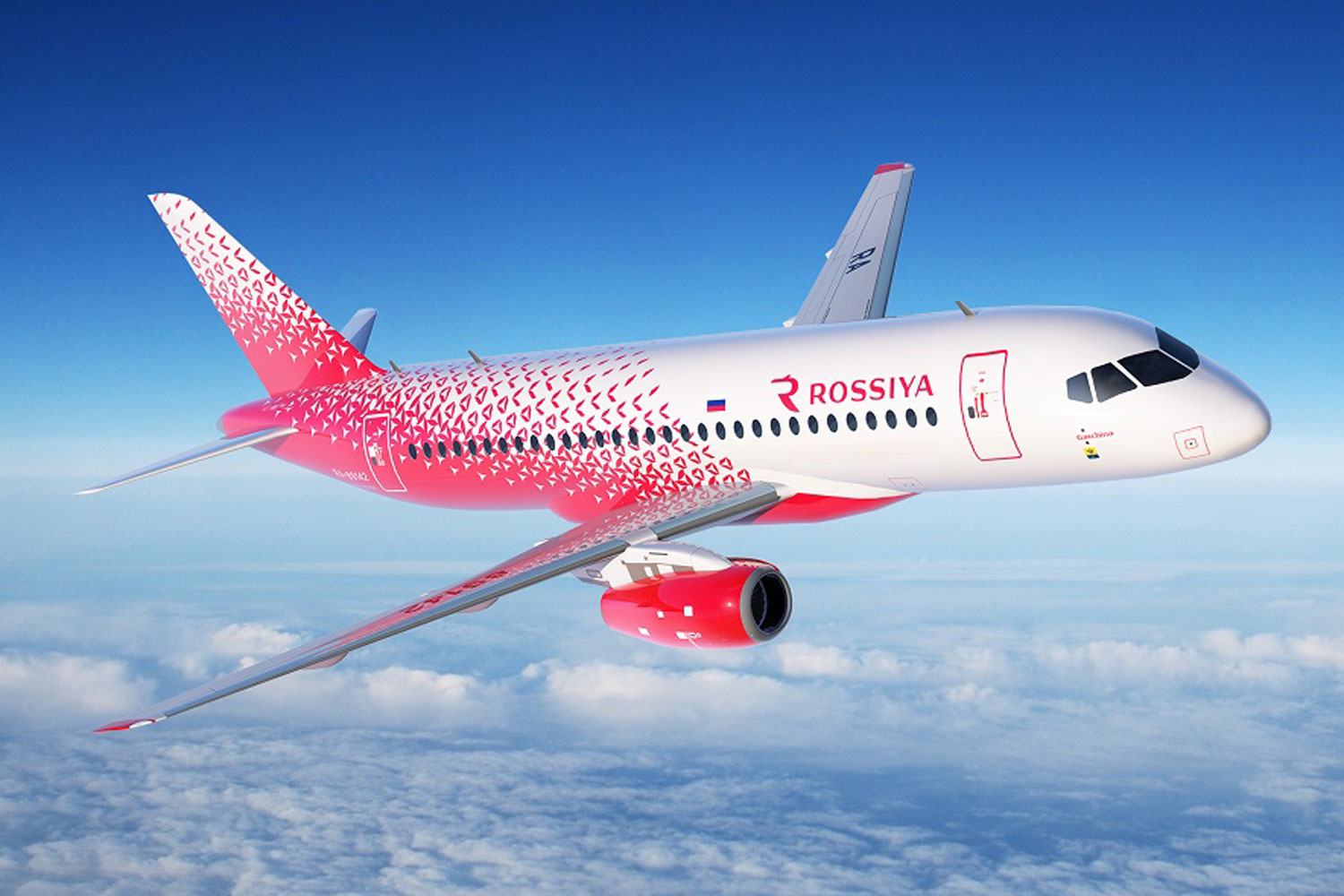
According to Russia’s federal air transport agency, there are 121 SSJ100 in operation in the country on nine airlines. The largest operator is Rossiya Airlines, which has 31 aircraft, much of it transferred from Aeroflot.
Thanks to the government’s incentive program, other carriers such as Azimut and Red Wings took deliveries of the 108-seat plane.
Born to compete in the global commercial aircraft market, the SSJ100 turned out to be a failure in the West, despite its technically advanced design.
To get around the bad impression and save the program, the Putin administration has made massive use of subsidies for the country’s airlines. No less than 70% of the resources are directed to routes where the Superjet currently operates.
Via Aviado

